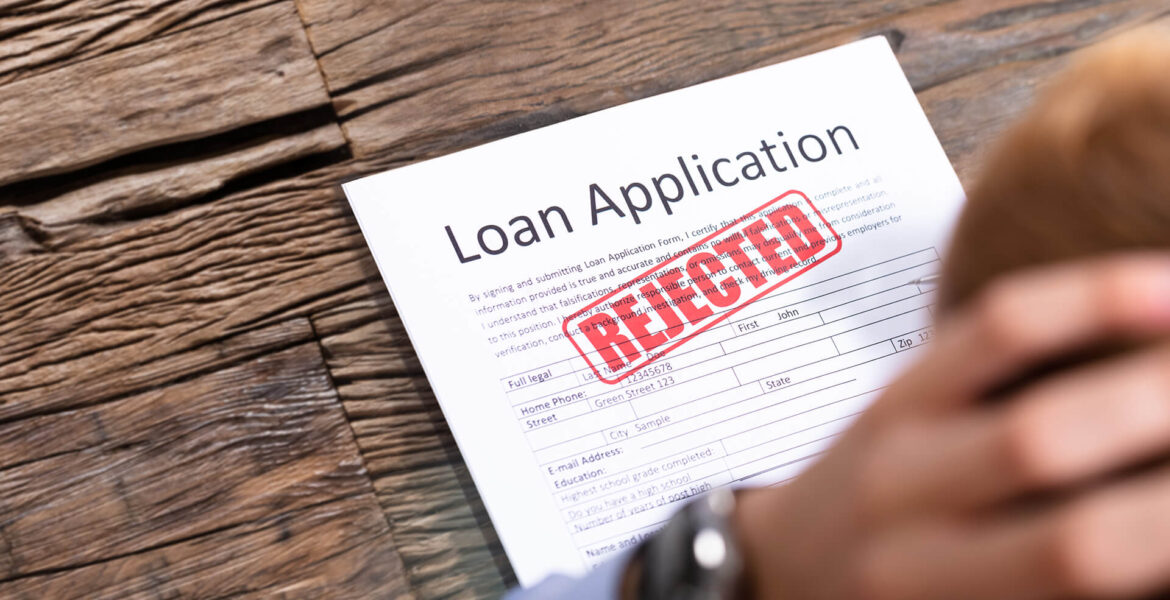- The central bank warns that without stronger income growth or tighter lending oversight, elevated household debt could pose financial stability risks
TLOTLO KEBINAKGABO
Loan applications worth P491 million were rejected by commercial banks in 2024, with most declined requests being for motor vehicle and personal loans.
According to the the Bank of Botswana’s Household Indebtedness Survey Report 2024/2025, the overall household loan approval rate fell by 11.1 percentage points — from 90.5 percent in 2023 to 79.4 percent in 2024.
“Reasons advanced by the banks for rejection of applications included mismanagement of personal banking accounts, over-indebtedness as measured by high Debt-to-Income (DTI) and Debt Service-to-Income (DSTI) ratios, rejection of assets presented as collateral, and failure to meet minimum employment requirements,” the report states.
Mild deterioration anticipated
The report further reveals that banks recorded an average default rate of about 2 percent in 2024, a slight increase from 1.7 percent in 2023. However, “the banking sector maintained high-quality household credit portfolios, with the non-performing loans to total loans ratio at 3.4 percent.”
Most banks, the report adds, viewed the default rates as moderate but anticipated a mild deterioration in 2025 due to the ongoing economic slowdown and potential job losses.
The report shows that households serviced credit obligations totalling P6.4 billion in 2024, with 77.9 percent of payments going towards loan principal and 22.1 percent towards interest.
Multiple loan commitments down
It attributes the high interest share to elevated rates on unsecured loans, which reached a maximum of 25.5 percent.
“Furthermore, the 2024/25 survey shows a decline in the number of households with multiple loan commitments compared to the 2023/24 survey,” the report reads. Those with two loan commitments dropped from 20.1 percent to 16.9 percent while those with three fell from 7.6 percent to 3.7 percent.
Household DTI averaged 53.7 percent in 2024, almost unchanged from 53.5 percent in 2023. Meanwhile, the DSTI ratio declined from 70.5 percent to 63 percent, suggesting a smaller share of income was spent on debt servicing.
Micro-lenders hit by high DTI ratios
Micro-lenders recorded the highest DTI and DSTI ratios at 60.4 percent and 64.4 percent, respectively, compared to banks’ 48 percent and 54.6 percent.
BoB cautioned that without stronger income growth or tighter lending oversight, elevated household debt could pose financial stability risks.



